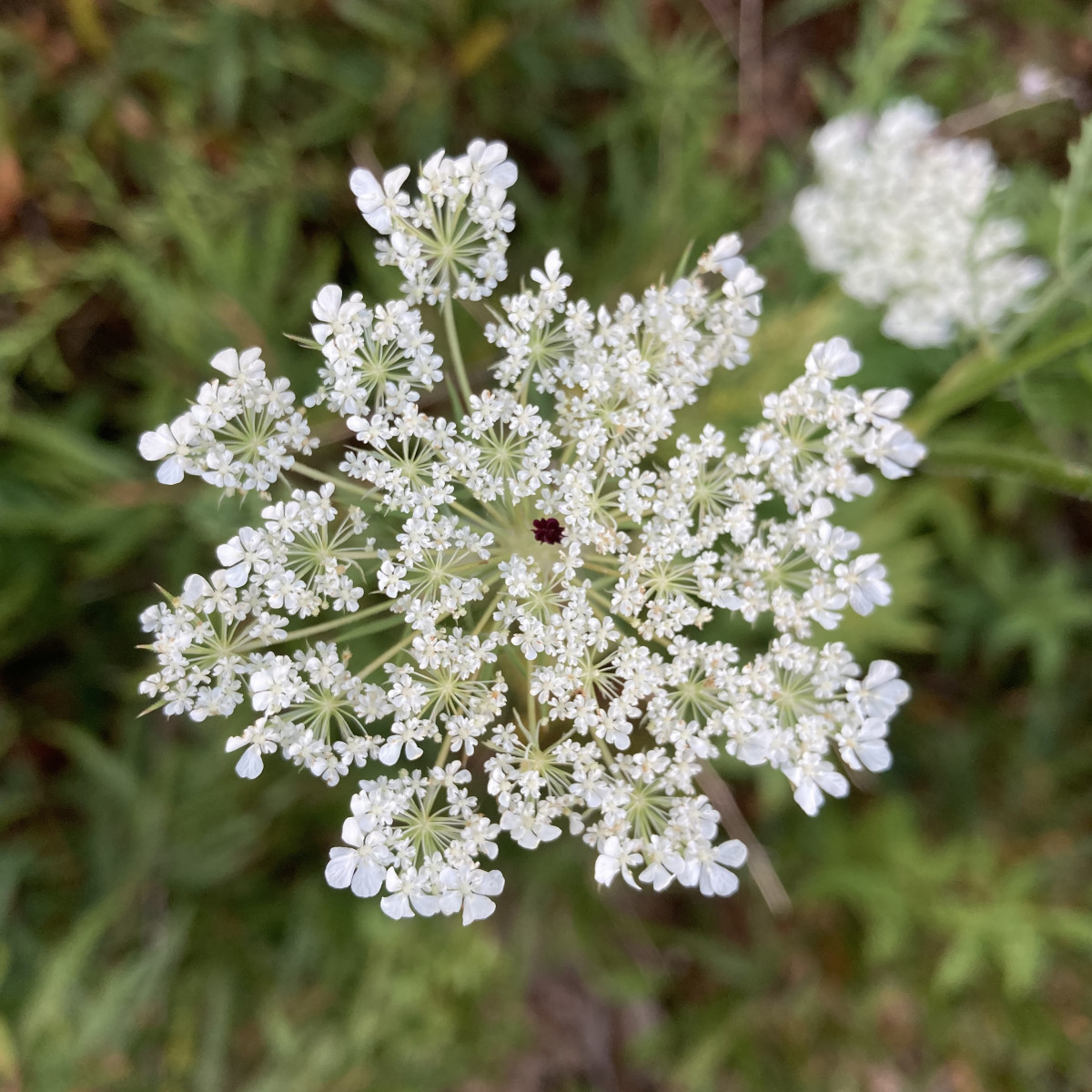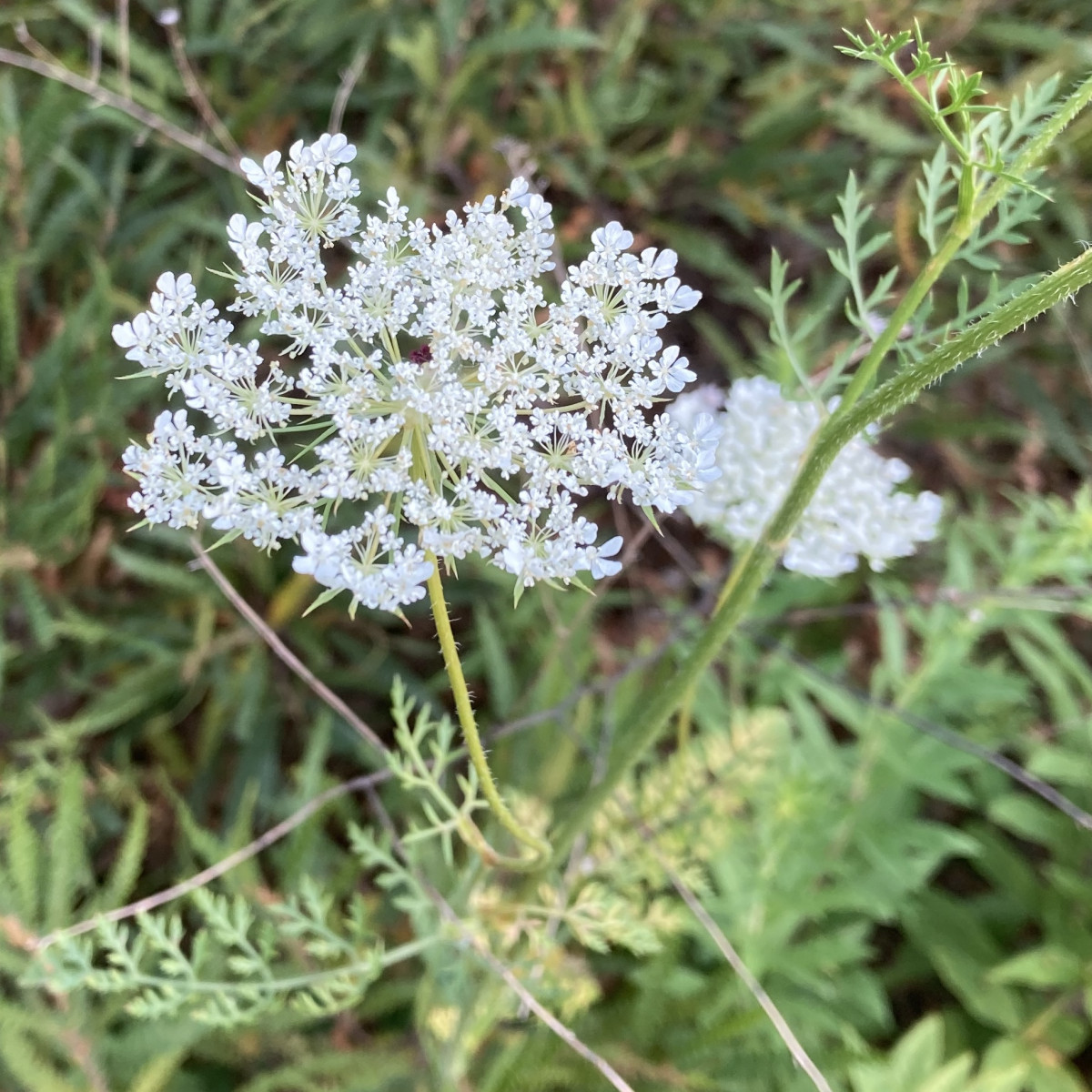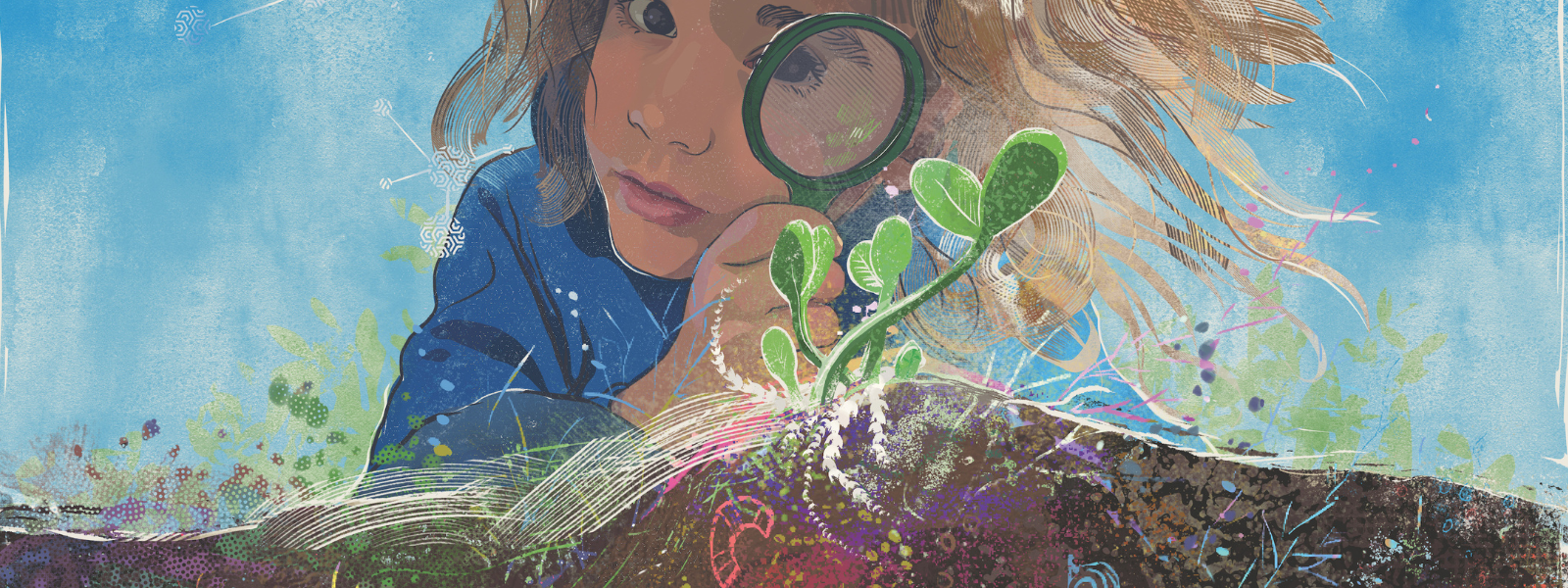Nature Notes: The Queen’s Imposters
On this #FloraFriday, beware the trickster lookalikes of Queen Anne’s Lace (Daucus carota)! This queen is part of the plant family called Umbelliferae (a nod to the umbrella-like structure of the flowers), which also includes carrots, celery, parsley, parsnip—even dill and fennel! Some lookalike members of the family, however, can be irritating, harmful, and even deadly.

Wild Parsnip (Pastinaca sativa), whose flowers are arranged in the same shape but are are usually yellow, contains furanocoumarins, which are chemicals that make skin highly sensitive to sunlight, causing blistering, burning, rash, and/or discoloration and sensitivity to light that can last years.
Poison Hemlock (Conium maculatum), with white flowers, was the plant that killed Socrates; drinking a cup was the prescribed Athenian death penalty. An even crueler imposter is Spotted Water Hemlock (Cicuta maculata), which will kill you in what we’ll call a “much less pleasant” way. Both of these plants are deadly when ingested, but the toxins can also do harm when passed, after handling the plant, from hands into the eyes, nose, or mouth.
Other dangerous imposters of Queen Anne’s Lace are Giant Hogweed (Heracleum mantegazzianum), Cow Parsnip (Heracleum maximum), and Fool’s Parsley (Aethusa cynapium). We’re getting overwhelmed!

Our general rule for plants that look like Queen Anne’s Lace is: when in doubt, don’t touch. And while we’re not sure it’s a foolproof identification method (please don’t use this writeup to decide what’s safe and what’s not!), Queen Anne’s Lace usually has a tiny purple or red flower in the center—a drop of blood, they say, from Queen Anne’s finger as she was sewing the lace.
For pictures of some of the lookalikes mentioned, visit fws.gov/midwest/news/PlantsToAvoid.html







